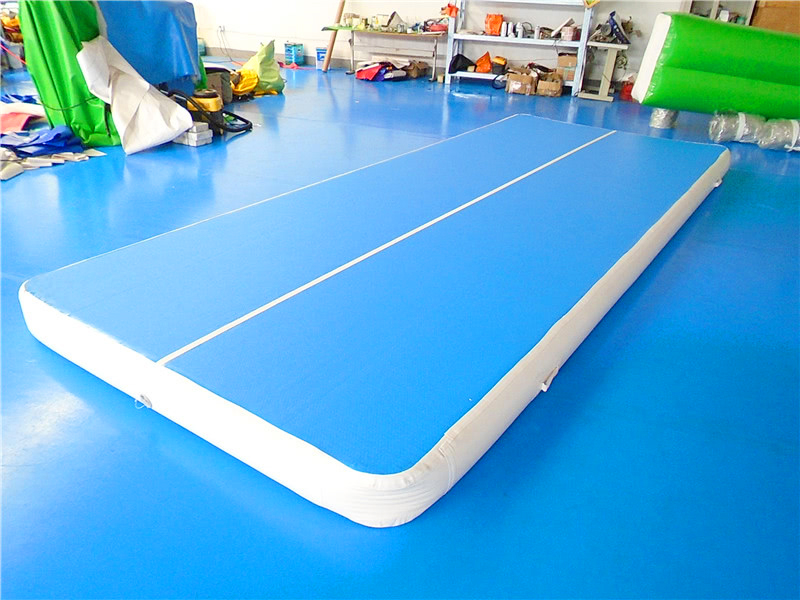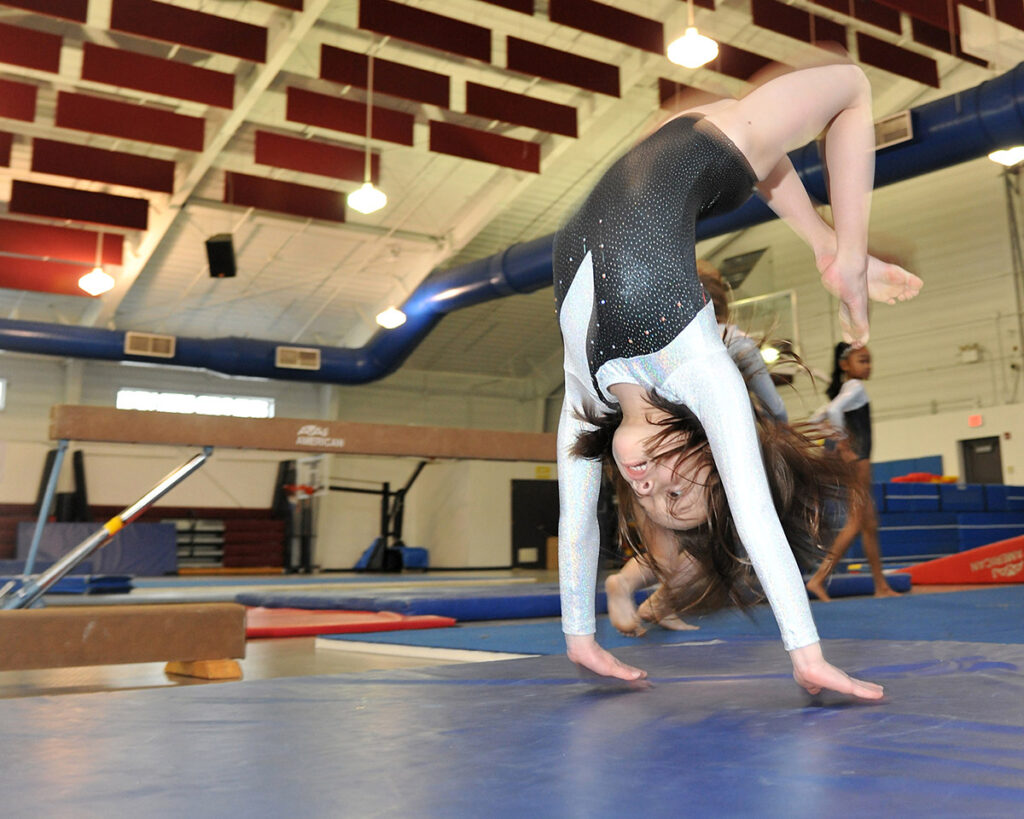For anyone gymnastic enthusiast whether beginner or intermediate, the right equipment can make a lot of difference to overall performance. There are many things they can invest in to help them better their skills much like any other sports person would, such as the right clothes, shoes and accessories and one of the most important ones is a mat.
This type of activity has an assortment of health benefits, such as those mentioned here, and a simple yet essential piece of equipment such as a mat is as important to participants as a yoga mat is to a yoga instructor. Without it, you can slip and fall or hurt your feet from a hard floor very easily. These are typically made of a foam type of material and can be designed in various ways, which we will look at below.
They are used for gymnasts to practice their skills comfortably and safely. Doing rolls, or handstands safely is key to one practice and competitive sessions and these mats provide that comfort for them. So, let’s take a plunge of our own (excuse the pun!) and see the various types one can get.
Competition Mats
These are the runners, as per the name, that is used in competitions and competitive sports such as karate, judo, and martial arts as well. They usually cover a large area of ground and are used for matches or floor routines by acrobats as well. Made either from carpet or vinyl covering, they are easy to place on the floors and roll back in again and are mainly used in venues such as gymnasiums and recreational or fitness centers.
Folding Mats
These are also often created using vinyl materials and the panels fold up easily for convenient storage. They are one of the most popular choices for gymnasts and to practice different skill levels from beginners up to professionals. Made of a strong yet foamy cushion, they offer shock-absorbing properties and some are anti-friction and snit-slip as well.
Landing Mats
When you watch any Olympic event to do with gymnastics and acrobats you often see the judges calculating the points based on everything from the initial take-off of the competitor to the run and jump, and even the landing, which all needs to be meticulously done with no glitches in sight, otherwise they lose points.
This is where landing rugs come in – they help make room for a perfect landing, as opposed to tumbling mats, for instance. These are designed primarily for impact absorption and are ideal for martial arts and gymnastics sports. They are also called ‘crash mats’ and are much thicker and dense than any other and they are designed with mesh sides that allow air to pass through them upon impact which helps to provide a soft landing.

Roll Out Mats
These are very similar to Yoga rugs, which are made of PVC or Polyvinyl Chloride, more about that can be found here: https://www.verywellfit.com/yoga-mat-owners-manual-3566980, and come in various shapes and colors but mostly the rectangle ones are popular at studios. These are convenient in that they can be easily carried around with you, rolled, and put aside when there is a lack of space.
If you are going for your children you can invest in AirTrack’s, which can be used for different reasons and are thick enough to absorb impact as well as support the children’s body during practice sessions. These are made from double-wall fabric for extra bounce and are safe for children.
The Thickness of Gymnastics Mats
There is no hard and fast rule about how thick a mat should be, however, if your practicing for recreational or leisure purposes there are specific ones to purchase as opposed to ones being used at fitness centers. When your serious about it and looking for something in between, there are three common sizes you can choose from for gymnastic mats and these include:
1-3/8″ – 2-1/2″ – Most common size for tumbling and gymnastic mats and can be used for various purposes too.
8″- 12″: These are mainly for those landing or crashing mats we discussed above. They are extra thick to absorb impact.
14″ – 16″: These are the ‘cheese mats’, or the inclines, which are used not so much for absorption but rather for beginners to learn the basics and not get hurt while doing it.
Now that you have a brief idea of the options that are out there, which one do you think fits your reasons the best? As with anything sport-related, always be careful not to overdo it and don’t leave young kids unattended while trying to do a roll or a handstand.


